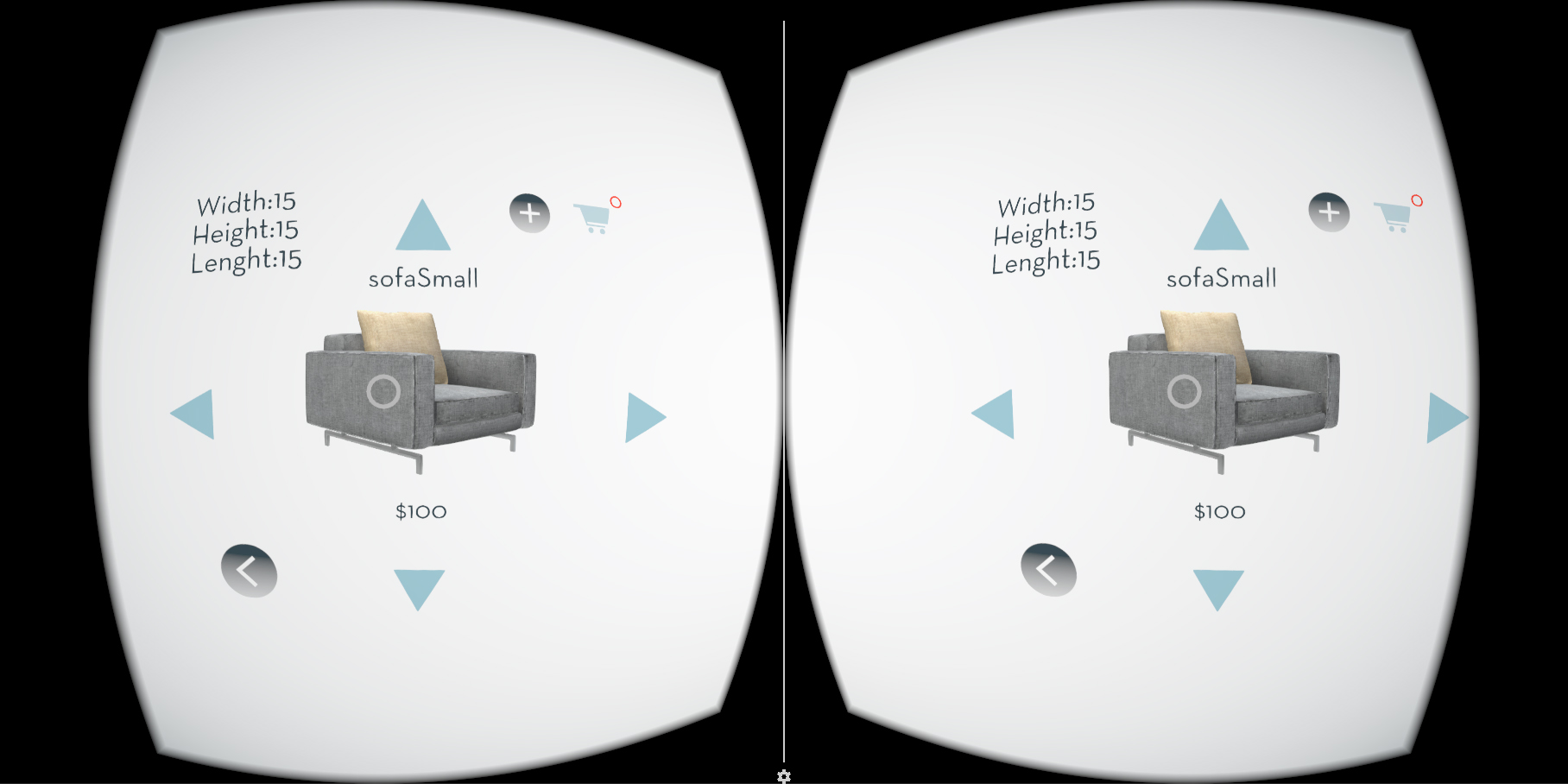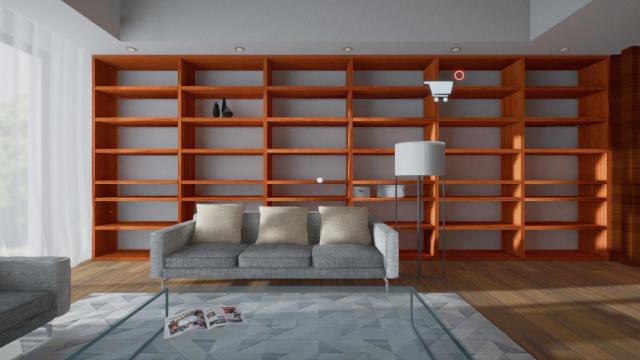Online shopping is on the rise — it’s fast and ships directly to your doorstep, sometimes overnight. But with online shopping, you miss the experience of going into a store and picking up items. Enter virtual reality shopping, which tries to give you the convenience of online shopping and the experience of being in a store.
Image via Gatsby
People are already shopping through virtual reality, but it’s still in its beginning stages. In late 2016, China’s Alibaba launched Buy+, a virtual reality experience that could be accessed with a virtual reality headset. With Buy+, people could wander around a store, look through items, and add things to a cart by staring at a product for long enough. According to Vice, 30,000 people had already tried Buy+ an hour after its launch.
To use virtual reality shopping, you’ll need a virtual reality headset, which could range from a few bucks for a Google Cardboard to hundreds of dollars for an Oculus Rift. Like online shopping, there’s usually a virtual shopping cart and you can buy things by giving your credit card information upon checkout.
Big companies such as Amazon are also working on adding virtual reality shopping in an attempt to increase sales. In May 2016, IKEA let users design their own kitchens with a HTC Vive. Audi also used the HTC Vive to present cars in showrooms. Later in 2016, eBay Australia teamed up with Myer to create the “first virtual reality department store“, but it simulated a web of floating objects rather than a physical store.
Earlier this month, IKEA started using virtual reality in Australia. You can see the experience for yourself on Android, iOS and desktop (though the desktop version doesn’t have virtual reality).
The IKEA version of virtual reality shopping feels like a more immersive version of Google Street View. You can wander around the store and in between furniture. You can select objects marked with floating blue dots, revealing the item’s description and price. Most of the furniture isn’t marked, though, so you’ll have to zoom in on the tags and remind yourself to search for it later.
Smaller companies such as Gatsby, a startup that creates virtual reality stores, are also looking to create virtual reality shopping experiences.
“We’re really trying to get close to what it’s like being there, and we want it to be very intimate,” said Anastasia Cifuentes, co-founder of Gatsby. “All the little details on how you move, we’re really focusing on how to have that just right.” Gatsby has been experimenting with virtual reality for less than six months but hopes to launch an app in spring.
Using Gatsby’s shopping app to buy furniture feels like playing a game. You can look around a room from a fixed point (you can’t move around the space yet). There’s a button that let you click on objects and rotate them. Once you select an object, details about the object’s length, width, height and price appear. If you want an item, you can add it to your cart.

Image via Gatsby
The demo I tested was animated rather than based on real photos, which made the experience less realistic. The app is still in development, but Gatsby hopes to use real photos of objects and rooms once the app is finished. Gatsby will be free to everyone — you’ll only need something, like a Google Cardboard, to view it through.
“There’s an efficiency factor that being online satisfies, but we’ve lost something in travelling to that, which is just being able to hold the product,” said Cifuentes. “There are still things we need to see and touch that we have to go to the store for, like furniture.”
Virtual reality doesn’t completely replicate the in-person shopping experience, but it’s getting there. It’s also getting cheaper and more accessible: Now you only need your smartphone and an inexpensive Google Cardboard set to experience it.

Comments
3 responses to “Virtual Reality Is The Future Of Shopping”
What a useless gimmick. It has neither the convenience of regular online shopping, nor the tangibility of real-world shopping. It’s literally the worst of both worlds.
Seems like it would be much better to use Augmented Reality to test-place virtual items in your real home. That, at least, would have the benefit of doing away with the IKEA measuring tape.
Exactly. Augmented reality would be infinitely more useful.